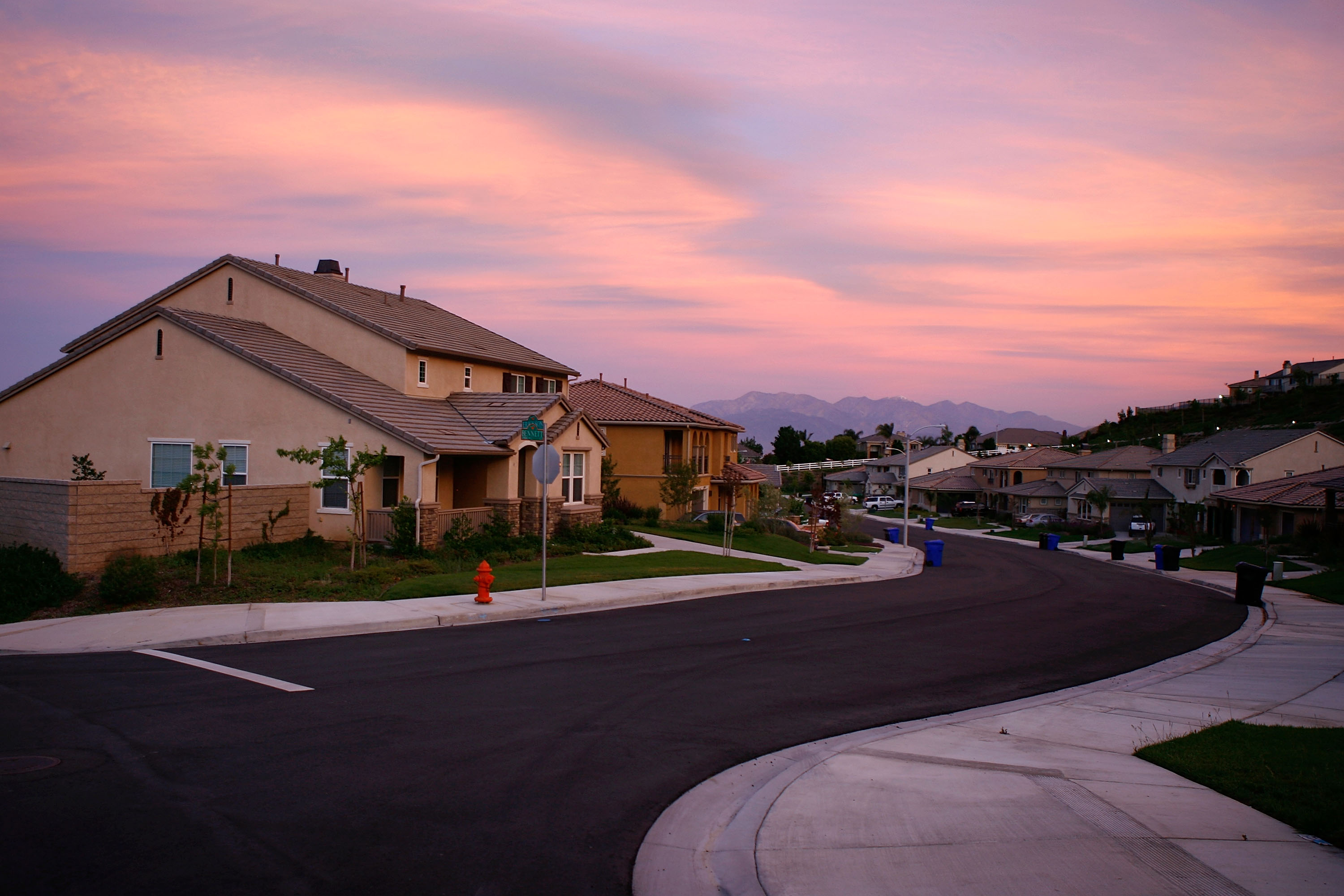The upper middle class in the United States has more than doubled since 1979, according to a new Urban Institute report, “The Growing Size and Incomes of the Upper Middle Class” by Stephen J. Rose.
The report shows that the upper middle class made up 12.9% of the United States population in 1979 and had grown to 29.4% of the population in 2014.
“Indeed, a massive shift has occurred in the center of gravity of the economy,” Rose wrote.
Meanwhile, the rich and upper middle class were found to account for 63% of all incomes in 2014 (52% upper middle class and 11% upper class), compared to just 30% in 1979. During that same period, middle class incomes shrunk to 26% (which was the class that reigned supreme in 1979, accounting for more than 46% of all incomes).
The study found that growth in the rich and upper middle class and the declining proportion of the population in the middle and lower classes, indicate widespread economic growth that was not distributed equally.
“On average, incomes grew 53% over the period,” Rose wrote. “If the growth had been equally distributed, then the shift upward would have been much greater. At the extremes, the proportion of the poor and near-poor population would have dropped to 12.8%, and the proportion that is rich would have barely increased (to only 0.5% of the population) because the growth among the near-rich with even growth would have been much less than what happened with uneven growth.”
Methodology
For the study’s purposes, lower, middle, upper-middle and upper class incomes were based upon three-person families making below $30,000, below $100,000, up to $349,999 and above $350,000 respectively.
The study used 1979 as a starting point because “it was the last business cycle peak before income inequality grew dramatically in the first half of the 1980s,” and “the year 2014 was chosen as the study’s end point because it was the most recent year for which income data were available.” The study also examined whether the size of the upper middle class changed dramatically after the slow growth from 2000 to 2007, followed by the deep recession of 2007.
Rose examined data from the Annual Socioeconomic Supplement to the March Current Population Survey (CPS), which collects information monthly from 50,000 to 75,000 households and is used to determine the monthly unemployment rate.
How your income affects your credit
Income is not typically part of your credit reports or credit scores, but people often have to include that information when applying for a new line of credit. And, while getting a bigger paycheck can help you afford the things you need (and want), it is still a good idea to live within your means. By not doing so, you may be faced with credit card debt, which is something that can affect your credit.
If you discover your credit scores aren’t where you’d like them to be, there are steps you can take to improve your credit scores, like paying down high credit card balances and avoiding applying for new lines of credit until your scores rebound.


